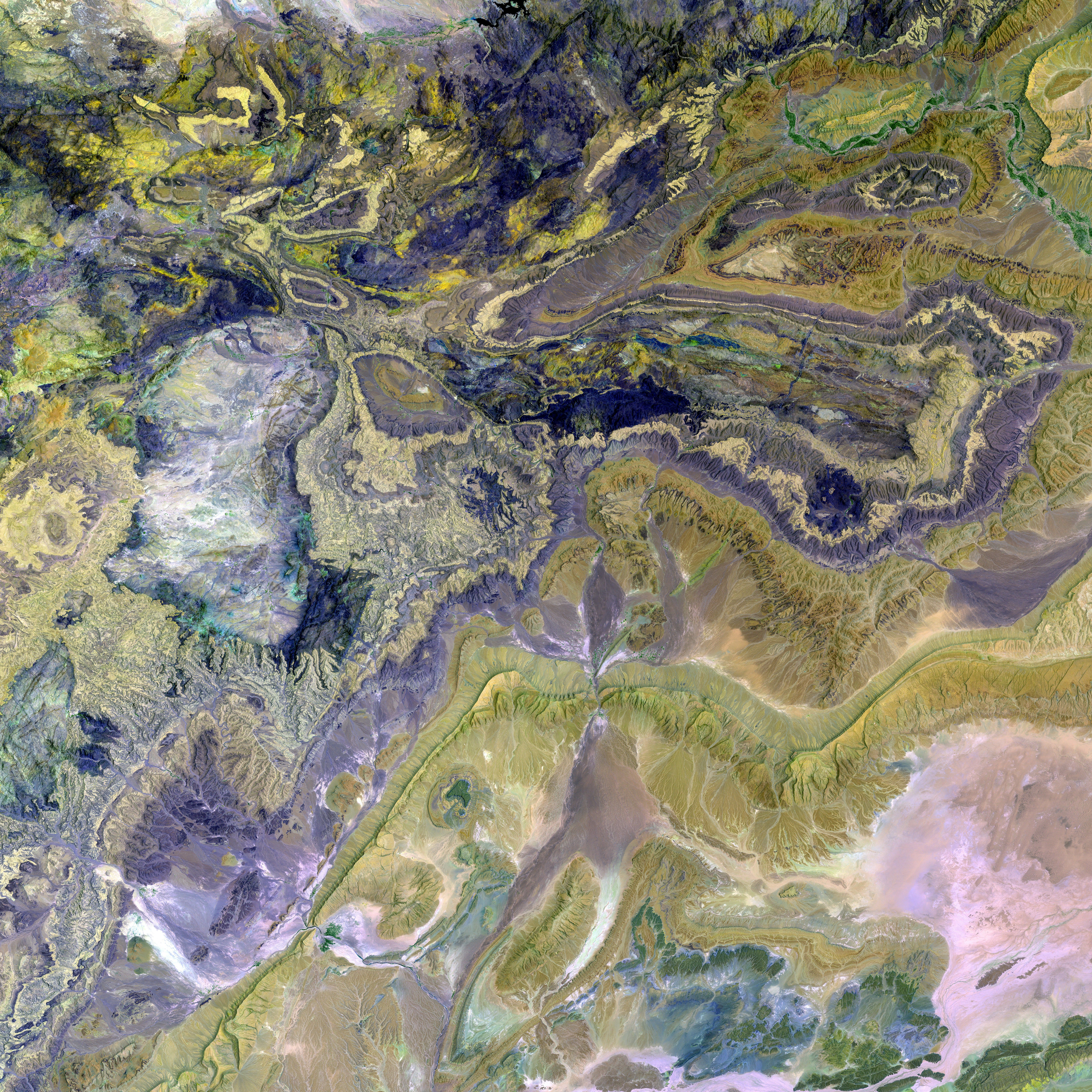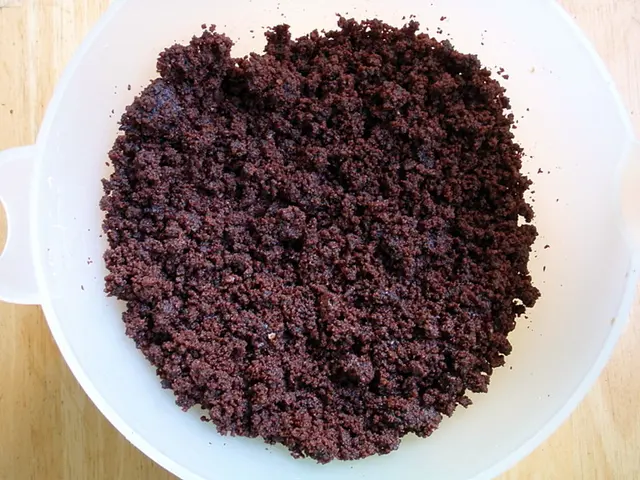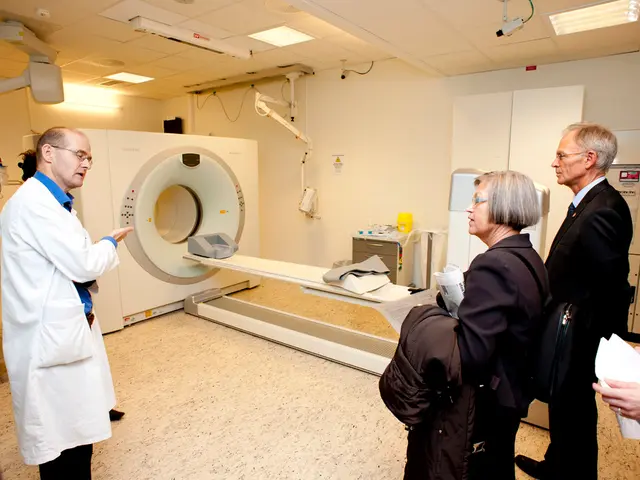Natural Aging Spots vs Skin Cancer: What's the Difference?
Distinguishing Age Spots from Skin Cancer: A Guide to Recognition
Age spots and skin cancer might share some similar features, but they are distinct conditions with unique characteristics. Here's what sets them apart.
Visual Differences
Age Spots
- Dimensions: Small to moderate sized patches on the skin. Approximately 2-5mm to 2cm in diameter.
- Color and Characteristics: Light-to-dark brown or black in color. Generally flat, round, or oval in shape. Defined borders and usually appear on sun-exposed areas such as the face, hands, shoulders, and chest.
- Stability: Age spots remain largely unchanged over time, with color darkening as you age or with increased sun exposure.
- Texture: Smooth, without raised surfaces, discomfort, or other symptoms.
Skin Cancer
- Variety: Appearance varies depending on the skin cancer type.
- Basal Cell Carcinoma: Small, pearly bumps that may show red, pink, or red-brown colors, with raised, irregular edges and a central lower area. These lesions have the potential to bleed or ooze.
- Squamous Cell Carcinoma: May appear as red, scaly patches, wart-like growths, open sores that don't heal, or other irregularities.
- Melanoma: Large or small dark, multi-colored spots that may be irregular in shape with blurry, asymmetrical borders. Melanoma spots can grow rapidly and may itch, bleed, or develop soreness.
Symptoms
Age Spots
- Inclusions: No accompanying pain, itchiness, or other symptoms.
Skin Cancer
- Additional Indicators: Potential itching, bleeding, bruising, or failure to heal in certain areas, together with size or shape changes over time.
Diagnosis
Age Spots
- Assessment: Typically diagnosed by means of a physical examination and patient history of sun exposure.
- Confirmation: Dermatoscopic evaluation ensures benign features and confirms age spots.
Skin Cancer
- Examination: Involves thorough skin examination, often requiring a biopsy for a definitive diagnosis.
- Early Detection: Early identification, especially of suspicious lesions, is crucial to prevent cancer progression.
Treatment
Age Spots
- Action: Though no treatment is typically required, cosmetic procedures can be pursued to lighten and even out skin tone. These methods include laser therapy, chemical peels, topical bleaching agents, or microdermabrasion. Preventive measures include sunscreen and protective clothing.
Skin Cancer
- Urgent Attention: Skin cancer requires immediate and appropriate medical intervention.
- Treatment Options: Therapies depend on the type and stage of cancer. Surgical removal, Mohs surgery, radiation therapy, topical chemotherapy, or immunotherapy may be considered, and early treatment is vital for favorable outcomes.
- Seniors may develop age spots, which are small to moderate sized patches on the skin, often found on sun-exposed areas like the face, hands, shoulders, and chest.
- Dermatology plays a crucial role in the diagnosis and treatment of both age spots and skin cancer, especially skin cancer that imitates the symptoms of age spots.
- Otherskin cancer, such as basal cell carcinoma, squamous cell carcinoma, and melanoma, can vary in appearance but often display additional indicators like potential itching, bleeding, bruising, or failure to heal in certain areas.
- Melanoma, in particular, can appear as large or small dark, multi-colored spots with irregular shapes and blurry, asymmetrical borders, and may rapidly grow, itch, bleed, or develop soreness.
- Science has advanced in the medical field, including the study of health-and-wellness, skin-care, and skin-conditions, enabling early detection of cancer through thorough skin examinations, often requiring a biopsy.
- Oncology offers various treatment options for skin cancer, depending on the type and stage, such as surgical removal, Mohs surgery, radiation therapy, topical chemotherapy, or immunotherapy.
- Health-and-wellness practices, such as sunscreen and protective clothing, can help prevent the development of skin cancer, while cosmetic procedures can be pursued to lighten and even out the skin tone of age spots.
- Regardless, it is important for seniors to be aware of the symptoms, differences, and medical-conditions associated with both age spots and skin cancer to ensure timely intervention and proper skin care.








